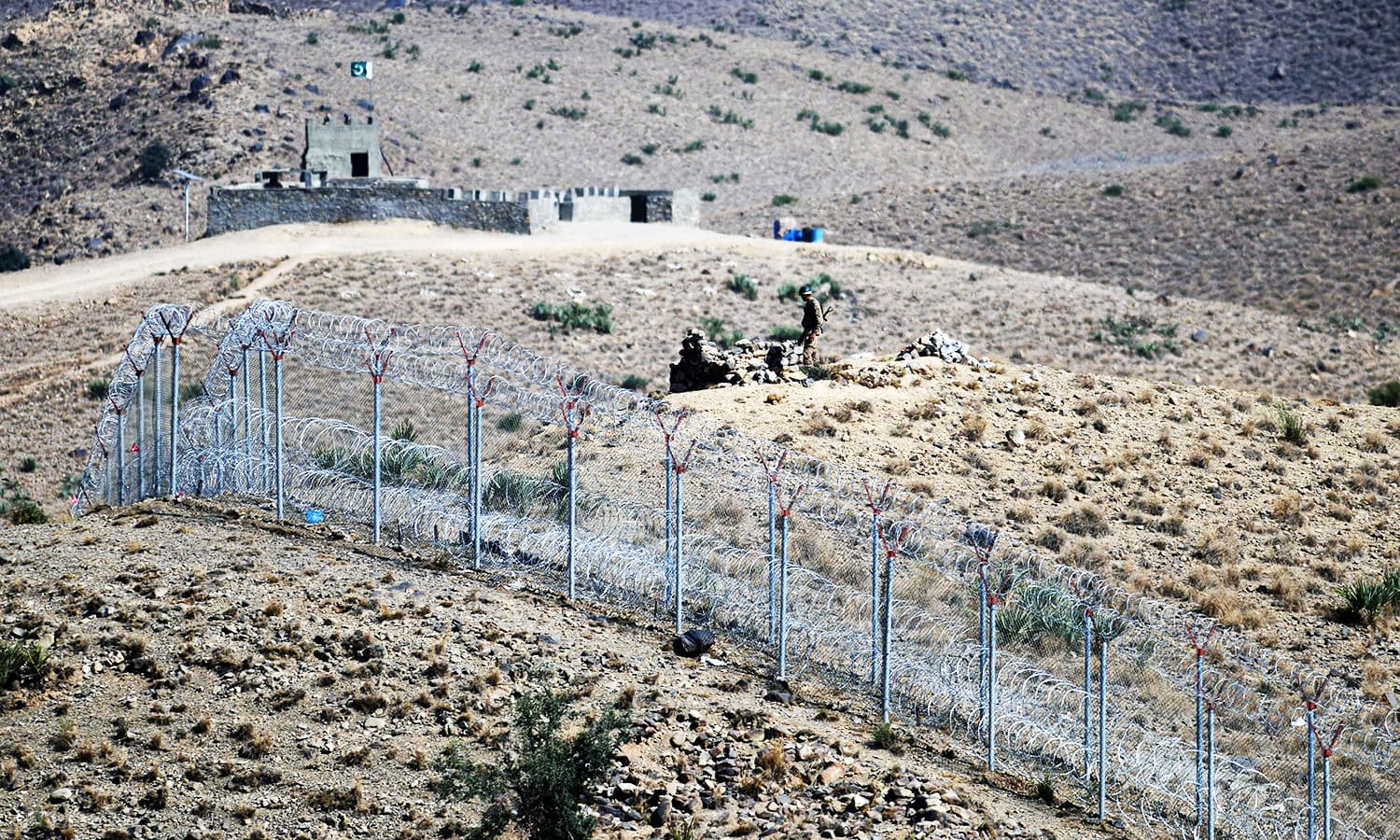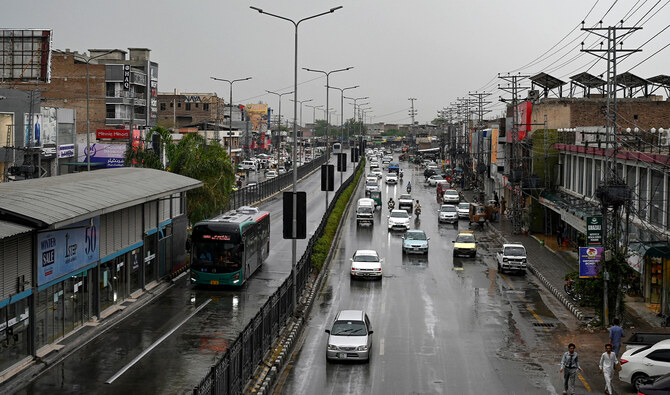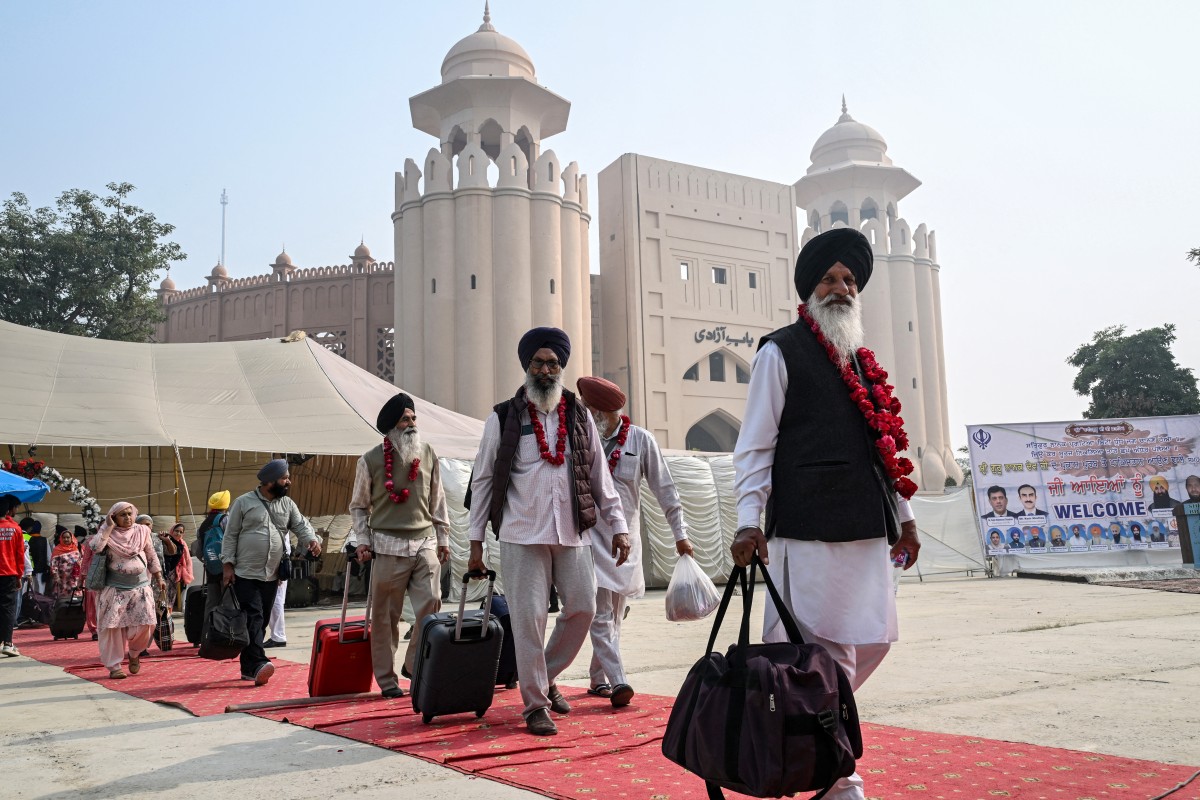ISLAMABAD: Nearly 88% of Pakistan’s population now lives in urban areas, far above the 39% reported in official statistics, according to a new World Bank report.
The findings, presented in the working paper “When Does a Village Become a Town?: Revisiting Pakistan’s Urbanization Using Satellite Data,” are based on satellite imagery and the Degree of Urbanization (DoU) methodology, which assesses settlement patterns across the country.
Rural population shrinks as villages vanish
According to the report, dispersed rural areas and villages now account for just 12% of the population, down from 39% in 1980. Many areas officially classified as rural, including dense towns (11%), semi-dense towns (2%), and suburban or peri-urban zones (29%), exhibit clear urban characteristics.
Over the past two decades, rural and agricultural lands have been increasingly converted into residential and commercial zones, with villages now hosting dense peri-urban communities and semi-dense towns evolving into secondary cities.
Urban centers expand beyond administrative borders
The report highlights how urban growth extends far beyond formal city limits. In Sialkot, 97% of the population lives in urban-like areas, with 56% classified as city residents, the report says.
In Lahore, 87% of the population resides in urban areas, including 44% within officially designated city zones. Between 2000 and 2020, 50% of villages transformed into suburban or peri-urban areas, 17% of dense towns became secondary cities, and 27% of dispersed rural areas shifted into peri-urban zones.
Secondary cities drive urban growth
Contrary to the perception that megacities are the primary drivers of urbanization, the study finds that most expansion occurs in secondary cities and peri-urban areas. These intermediate centers now absorb a growing share of the population, underscoring their critical role in planning and fiscal policy.
Urban wealth concentrated in cities
Using the Relative Wealth Index, the World Bank shows that cities report the highest living standards. At the same time, semi-dense towns and peri-urban areas vary according to their proximity to urban cores.
Rural areas, by contrast, remain less affluent, though their population numbers have remained relatively stable over the past 40 years due to high birth rates.
Misclassification strains resources and planning
Administrative misclassification of urban areas limits property tax collection and constrains investments in infrastructure and public services.
In Punjab, property taxes accounted for just 0.01% of GDP in FY2019, far below the average for lower-middle-income countries. The misalignment also hampers planning for water supply, sanitation, roads, and schools, potentially creating “sterile agglomeration,” where population density increases without gains in productivity or living standards.
Economic and policy implications
Updating urban classifications could increase property tax revenues up to sevenfold, unlocking funds for infrastructure development.
The report emphasizes the need for Pakistan to revise outdated urban-rural definitions, strengthen planning across expanding metropolitan areas, and implement data-driven taxation and service delivery systems. Without these reforms, rapid urbanization could strain public resources, disrupt economic potential, and deepen inequalities in rapidly growing towns and cities.


.jpg)



.jpg)
.jpg)


